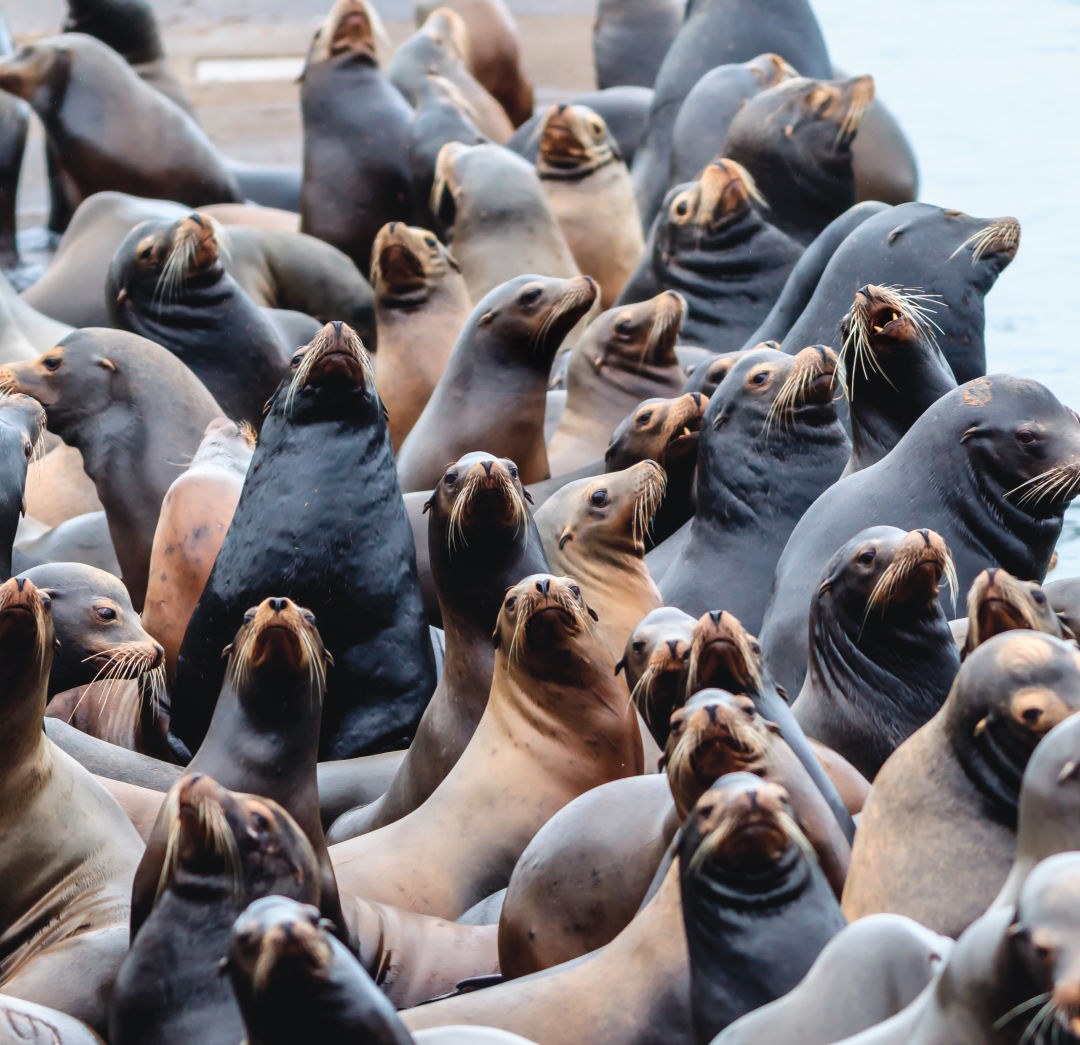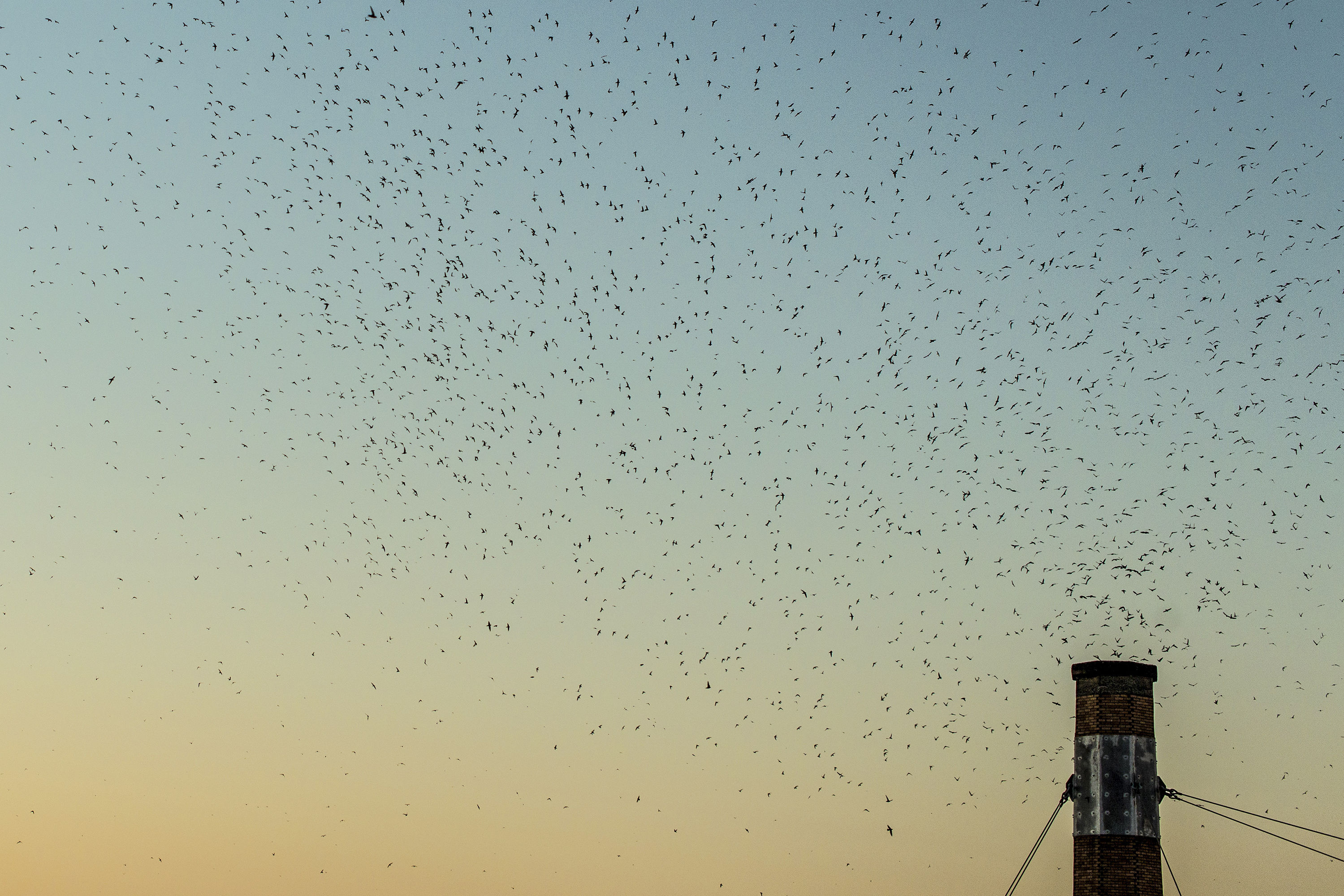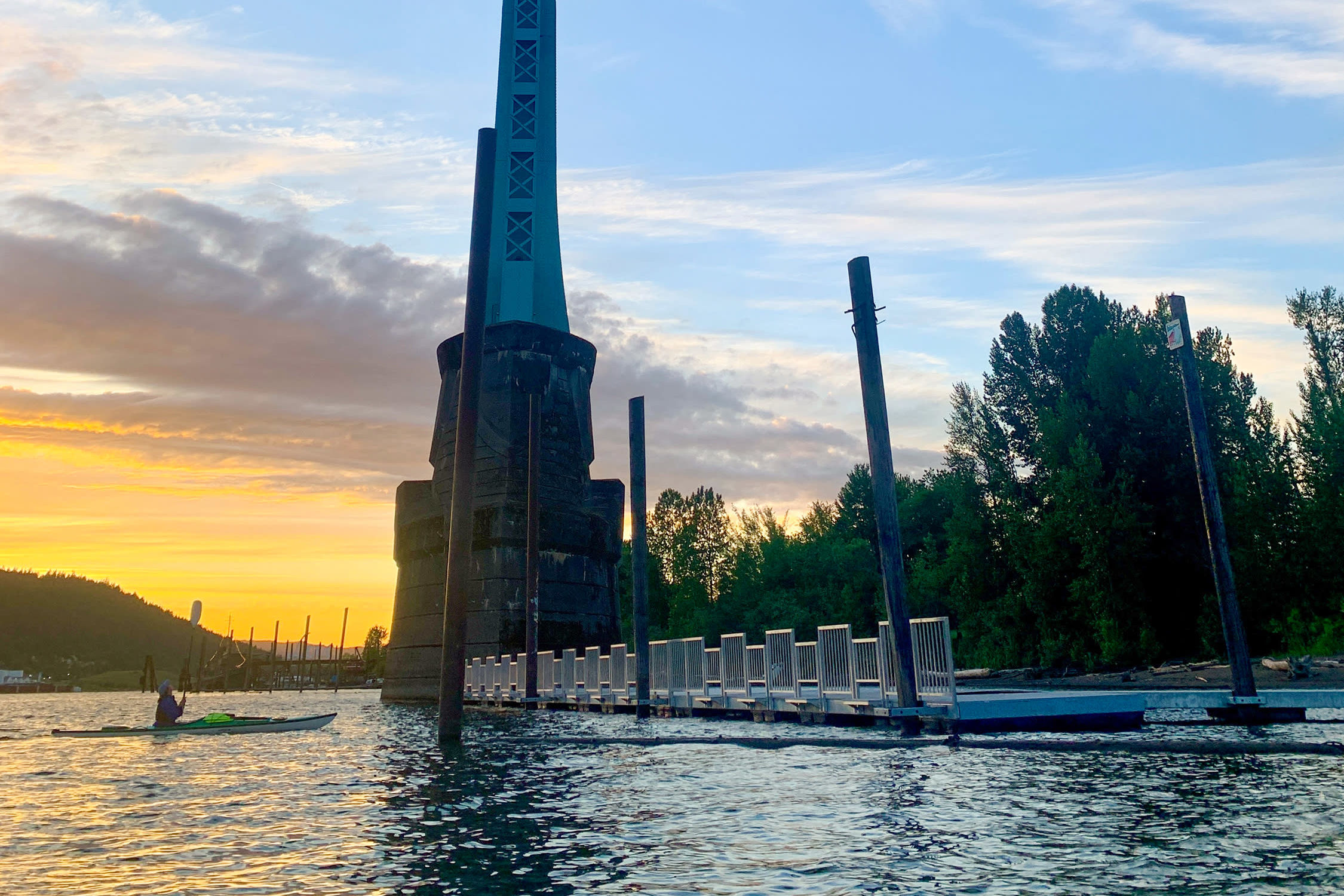Should Oregon Kill Sea Lions to Save the Salmon?

Used to be, they’d show up at Willamette Falls around late November—beefy males here to bulk up and loll on the docks. Call it sea lion winter break; time off from California’s Channel Islands rookeries, beaucoup steelhead to eat, zero problems. (No pups, no ladies, no predators.) When it was time to head back south, a 400-pound sea lion might have doubled in size, having chowed down on, at minimum, three 15-pound Pacific Northwest salmonids a day.
Nowadays, these party boys are arriving earlier and staying later. And they’re not just loitering in Oregon City. They also mob the Columbia River, particularly around January, for chinook on their way to spawning grounds—eating, by one report, as much as 45 percent of some salmon runs, a feast season that now draws out through June.
“They’ve learned that in April and May there’s a pretty good buffet,” says Robert Anderson, a fishery biologist at the National Oceanic and Atmospheric Administration. “Particularly over the past four to five years, there’s been a good uptick in the California sea lions that go to Willamette Falls.”
The result, warned Oregon’s Department of Fish & Wildlife in a 2017 study, is a 90 percent chance some of the Columbia River’s already struggling salmon populations will soon go extinct. And that’s causing some Northwest legislators* to take aim at sea lions.
The irony here? Both species are protected by federal law—salmon (steelhead, chinook) by the 1973 Endangered Species Act and sea lions (California and Steller’s) by the 1972 Marine Mammal Protection Act. That means state, federal, and tribal agencies’ hands are tied when it comes to lethally removing hungry sea lions from river systems—like the mid-Columbia—where historically they’ve never been. According to Charles Hudson of the Columbia River Inter-Tribal Fish Commission, that’s the choice we have to make: do we kill one species to save another?
We’ve been here before—at Seattle’s Ballard Locks in the 1980s. Back then, California sea lions discovered that migrating steelhead were easy prey as they struggled to navigate the new fish ladders. Washington State tried every nonlethal deterrence technique it could dream up, from capturing and relocating the pinnipeds south (they’d be back within days) to inflatable orcas, sonar hazing, even eye-stinging solutions on the water’s surface. Nothing worked; today, winter steelhead in the adjacent Salmon Bay remain functionally extinct.
As a result, in 1994 Congress enacted a provision to the Marine Mammal Protection Act allowing for the (very) limited killing of sea lions. Currently, that’s up to 92 animals on the Columbia River. But an estimated 150 now congregate just around Bonneville Dam, where picking off salmon is especially easy.
New legislation pending** in the Senate would significantly raise the cap in the amended act, designating any sea lion fair game for the “taking” if found in a 34-mile stretch of the Columbia between I-205 and the dam, or on tributaries like the Willamette, Sandy, and Clackamas. (Kill methods could include lethal injection.) One bill, brought by Maria Cantwell (D-WA) and James Risch (R-ID) was awaiting a floor vote at press time; another, sponsored by Jeff Merkley and Ron Wyden, Oregon’s two senators, is pending committee review.
“It’s clear that sea lions are creating a serious threat to endangered salmon that needs to be solved as soon as possible,” said Merkley in an email.
Hudson (who says CRITFC favors Risch’s bill) says that if Congress can’t act this session—before adjourning in mid-December, and reconvening with new faces in January—this spring’s chinook will literally bear the cost.
“We know we cannot haze our way out of the problem,” says Hudson, referring to the ineffective nonlethal deterrents. “There’s going to have to be a lot of work done to get the salmon some relief starting in 2019. The clock is ticking.”
* Editor's Note: In mid-November, the National Marine Fisheries Service (a NOAA agency) granted ODFW a special dispensation from the Marine Mammal Protection Act to lethally remove a limited number of sea lions annually from Willamette Falls.
** Editor's Note: On December 18, President Trump signed into law the Endangered Salmon Predation Act (S. 3119), greatly expanding the ability of states and tribal agencies to lethally remove sea lions from specific stretches of the Columbia River and its tributaries.




